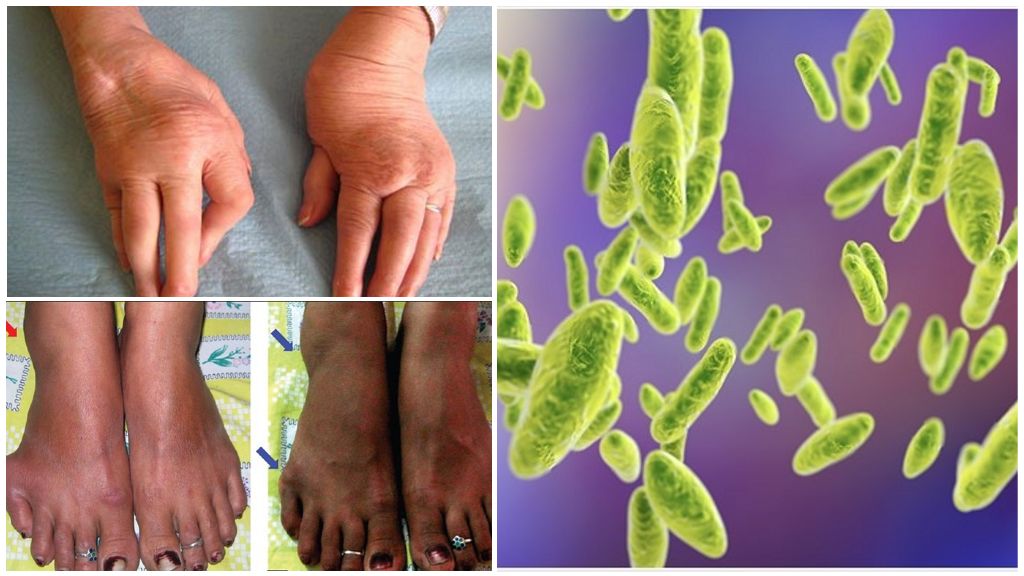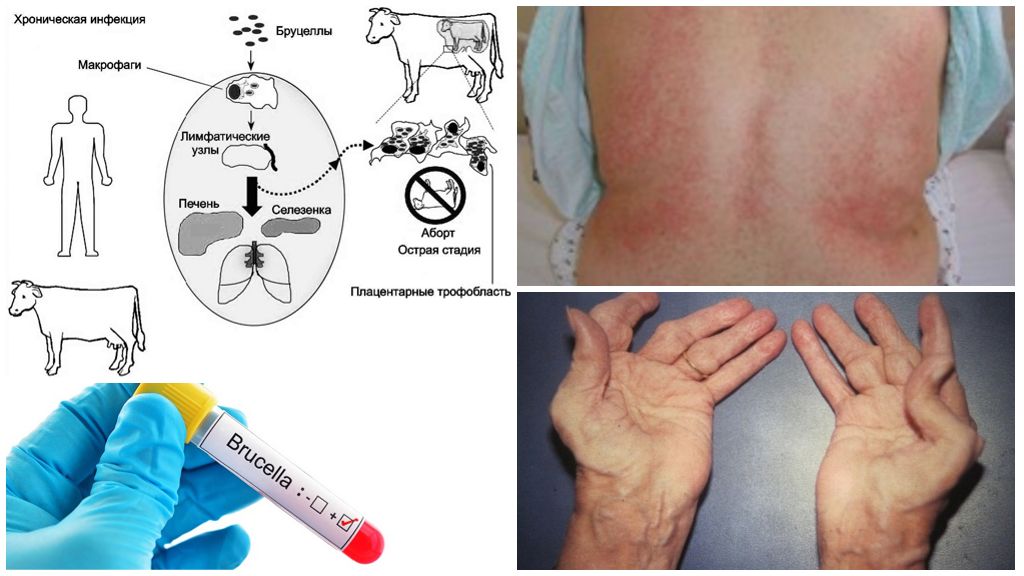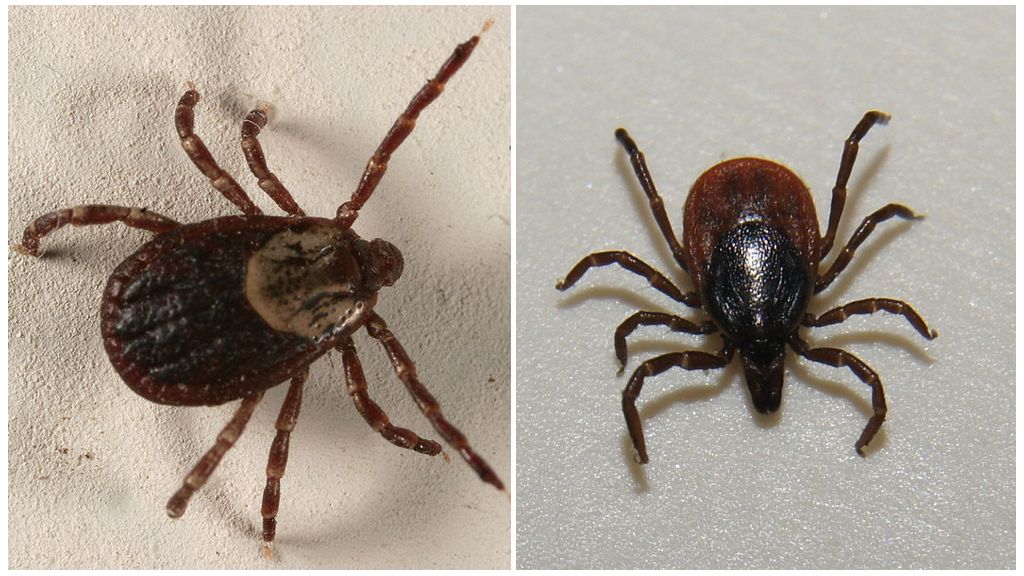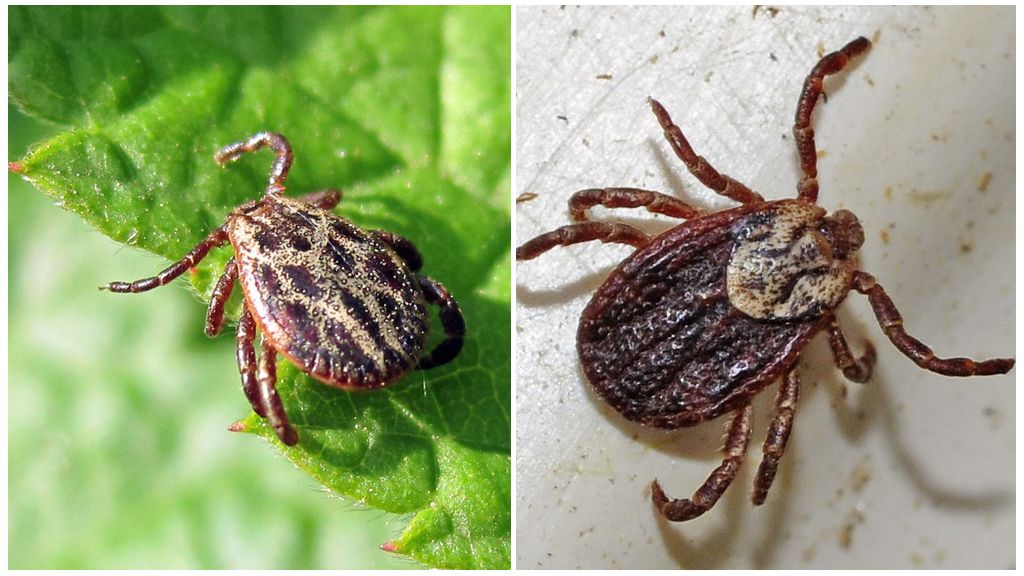- Brucellosis
- Brucellosis
Brucellosis is a dangerous infectious disease caused by brucella. They are microorganisms that parasitize at the cellular level. The primary carriers of infection are pets. Many people mistakenly believe that a brucellosis tick can cause infection with an ailment.
Origin of the disease
The causative agents of brucellosis brucella are gram-negative bacteria and have 4 main types:
- Brucella melitensis - parasitizes in the body of sheep and goats. The infection is spread in the warm countries of Asia, Latin America, Spain, Greece, and the Middle East.
- Brucella canis is a bacterium that has settled in the body of dogs. The disease affects residents of Central Europe, South America.
- Brucella suis - the virus is carried by wild pigs in the United States and North America.
- Brucella abortus is a ubiquitous infection that parasitizes the body of a horned cat. You can get the virus through fresh milk, cheese, poorly fried meat. Also at risk are farmers and people working with animal raw materials: skin, wool, meat.

On a note!
Other names for infection: Maltese fever, Cyprus fever, Gibraltar fever indicate the location of foci of its spread. The reason for this widespread disease coverage is the lack of a vaccine and the long-term ability of bacteria to maintain their viability in animal products.
Is there a brucellosis tick?
Rumors that a brucellosis tick is dangerous with its bite for a person are mistaken. High probability that brucellosis is confused with borreliosis - no less dangerous disease, the vectors of which are ixodid ticks. Similar names and serious consequences of the diseases caused hypotheses of infection with brucellosis from tick bite.
The second version of such confusion is ascribing to a village tick the ability to transmit the brucellosis virus. Village tick also parasitizes on cattle, sheep and can be a carrier of no less dangerous diseases: tick-borne relapsing fever and borreliosis. It is highly likely that the myth of brucellosis from ticks in humans arose when parasites were found in cattle.

Methods of infection and description of the disease
Brucellosis is a disease common among villagers and agricultural workers. The virus can be transmitted through microcracks on the hands during harvesting in the stable. Brucella is contained in the manure of a sick animal, in sweat, saliva.
On a note!
There is a chance that you can get the virus by airborne droplets if particles of hair or secretions from an infected animal get on the mucous membrane of a person.
The virus may not manifest itself in the body until 7 weeks. The main symptoms are similar to the usual flu:
- increase in body temperature to 38 ° C;
- joint aches;
- increased sweating;
- prostration;
- lack of appetite.
If the diagnosis is incorrect and the treatment is not prescribed correctly, the fever continues for several months. During this time, the causative agents of brucellosis affect the nervous system, musculoskeletal system, genitals. The further course of the disease becomes chronic and often leads to disability.
Effective treatment at an early stage of infection with tetracycline antibiotics leads to a successful result within 3-4 weeks. Therapy continues with probiotics and a vitamin complex. A complete cure is possible in most cases.





